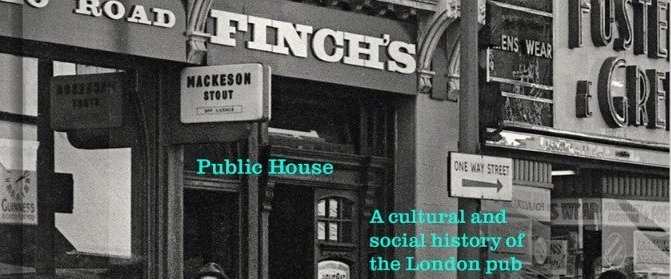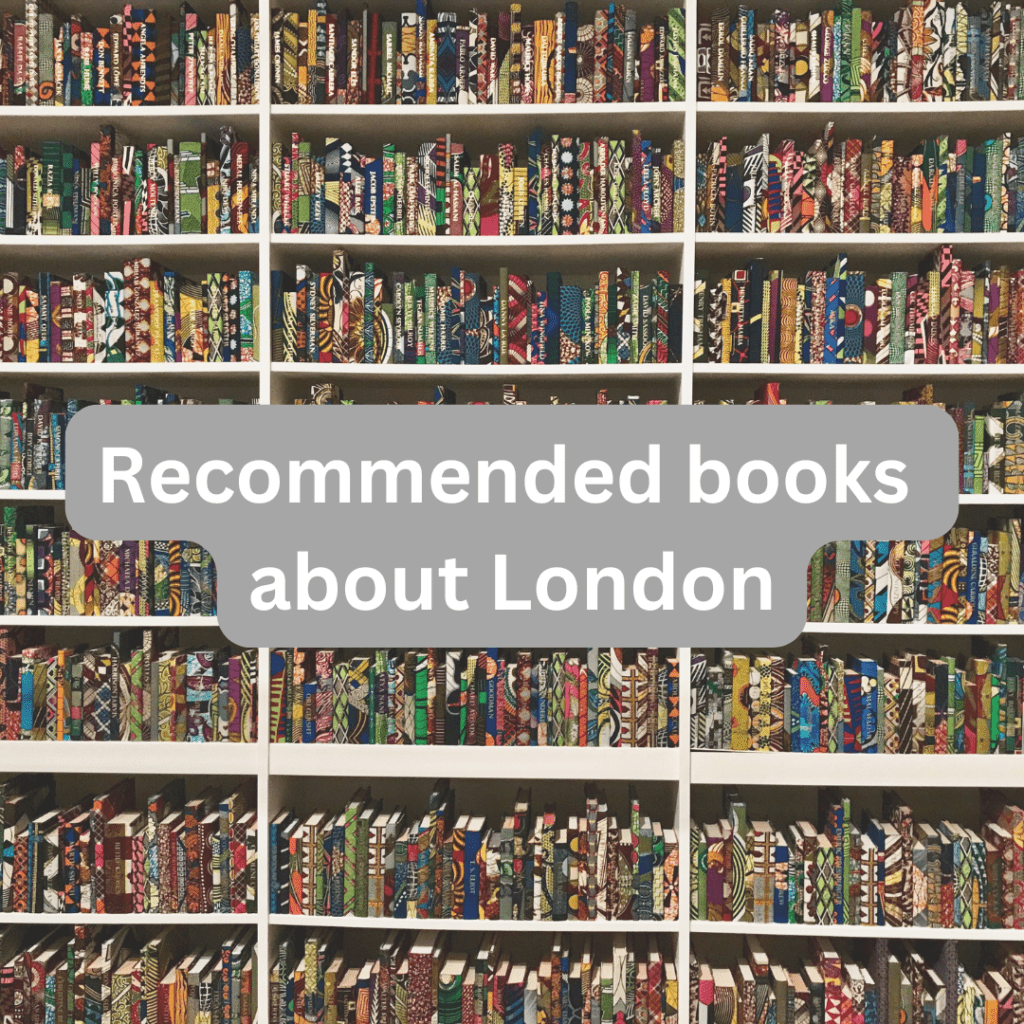
[This review was first published on The London Society website in February 2022]
As a London Blue Badge Guide I take Americans around London – the Tower, the Abbey, through the alleys and courts of the City, museums and galleries – all the internationally famous points of the capital. But I always encourage them to spend an evening in a pub, because it is there that you will see the real London – the colleagues having a couple of drinks before going home, the old friends meeting up, laughing and teasing each other, the couple on a date, the guy in the corner reading a book. You get the hustle and bustle of London: the noise, the joshing, the laughter.
A good pub (and to steal a friend’s aphorism, any pub where you’ve just ordered your second drink is a good pub) has a mix of ages and classes, of men and women and others, separate groups but sharing a common experience. (Expressed better by Phin Harper at the end of this book, “in pubs the divergent lives of diverse citizens barrel into each other – mutually enriched through sharing space, architecture and company”.)
Open City’s “Public House: A Cultural and Social History of the London Pub” celebrates, analyses and luxuriates in some of London’s best pubs. Edited by David Knight and Cristina Monteiro who have done so much to promote not just the architectural but also the cultural importance of these “places which combine a sense of publicness with a sense of homeliness”, the book lists 121 pubs right across the capital (although, sadly, not all of these 121 are still with us).
On one level it could be a vade mecum, a list of venues that ought to be visited, and the concise descriptions provided will give you a bit of the history and context, and point out a few of the interesting architectural and cultural details of each place. (This would make an epic pub crawl – two different pubs a week perhaps, over a year or so, from Hillingdon to Havering and across over 400 years of historic establishments.)
If Public House were just this it would be an indispensable guide, but it goes much further, with longer essays that celebrate different aspects of the history and culture of London’s public houses. These include Bob Stanley using Clerkenwell’s Betsey Trotwood as a jumping off point to talk about the ‘pub circuit’ of music gigs, essential to many up and coming bands, or Isy Suttie talking about the comedy clubs in upstairs rooms that launched the careers of so many performers (and in a previous life as a stand up comic I played a lot of these venues – the Guilty Pea in Fitzrovia, Islington’s Meccano, the Bedford in Balham). Paul Flynn discusses the importance of pubs to laying “open a pathway to gay life” for a new arrival in London 30 years ago, and Lily Waite provides a perspective for a different generation. There are meditations on the ‘last orders’ bell, on pub signs, on radicals and revolutionaries, on community pubs and microbreweries.
Despite the vibrancy of many pubs, and the warmth felt for them – both for specific establishments and for pubs as a concept – they are under threat; the trend of closures is chilling, and seemingly irreversible. So use ’em or lose ’em – buy this book and get yourself down to your local.

Buy this book (the website earns a small % for every purchase)
From Bookshop.org (UK only – supports independent booksellers)

